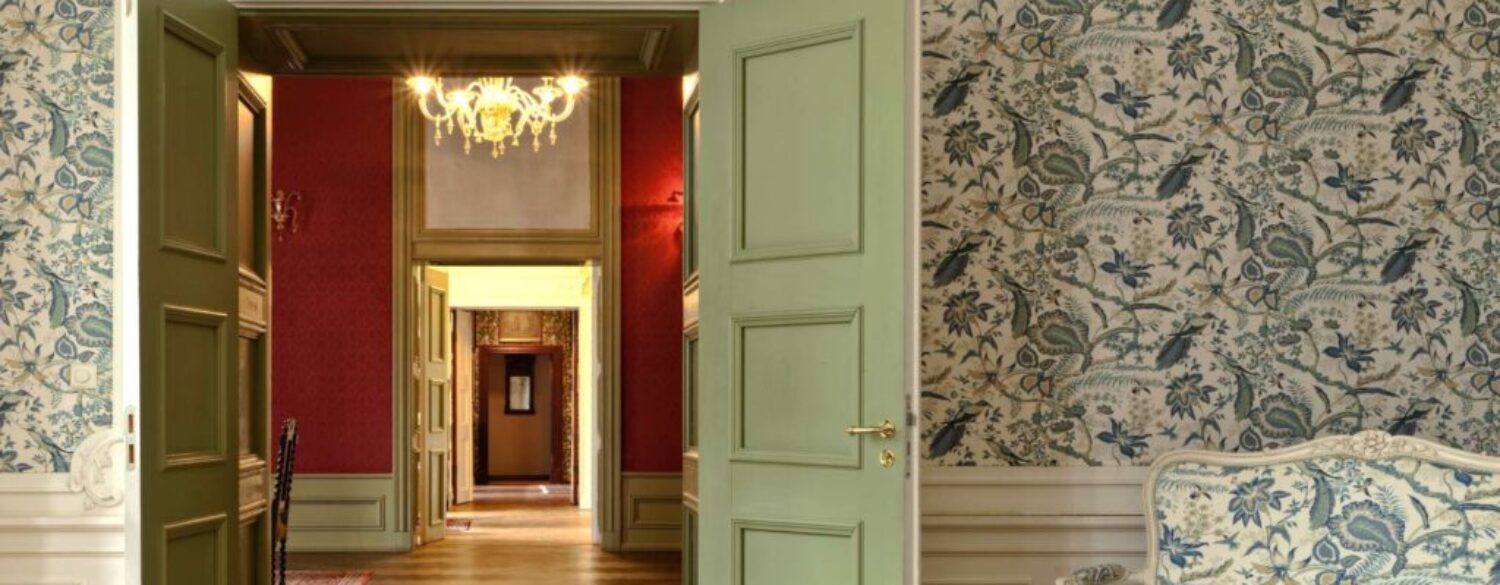Older homes certainly have unique features that newer homes can lack, like built-in bookshelves, hardwood floors, crown moldings, and stained glass windows. Some older homes also boast high quality materials; for example, walls are more likely to be built with plaster and lathe, making them more soundproof. While you may be excited about the possibilities of living in an older home, there are still common issues to be aware of. Read on for information about problems to look for when buying an old house.
1. Foundation
The foundation supports a house’s entire structure, so issues with a foundation are critical to the overall safety and livability of any home. As a foundation ages, these issues may occur:
- Uneven floors
- Doors and windows that “stick” or have trouble closing
- Cracks in the concrete near the ground or basement
- Drywall cracks
If an inspector notices any of these warning signs of a damaged foundation, you should schedule some repairs.
2. Lead Paint
Homes built prior to 1978 are likely to have lead paint, which has since been banned from consumer use because it is toxic, especially for young children. It’s possible that an old house may have a coat of lead paint underneath layers of newer, safer paints. If an inspector discovers the presence of lead paint, it can be removed safely with the help of a certified professional.
3. Asbestos
Similar to lead paint, asbestos is another material that was popularly used in home builds decades ago, but has now been found to be unsafe. Asbestos is a toxic mineral that was commonly used in insulation and fireproofing materials for homes built before 1980.
A home inspector may be able to identify areas where asbestos likely exists, but you should hire a professional to test the materials to make sure.
If a professional evaluation reveals asbestos, it’s possible to remove it from your home. In certain instances, a professional may determine that removal would be too risky, and it’s best to avoid disturbing areas (i.e, do not remove floor tiles or walls) that contain asbestos.
4. Roof
An old roof may cause numerous problems like water leaking into your attic, or even pest infestations. Over time, shingles may get damaged, or become covered in mold or algae.
A roof in poor condition can also make your home less energy efficient as indoor air escapes outside through cracks in the roof, and it can also be a fire hazard if water leaks onto any electrical wiring inside.
5. Water Damage and Leaks
A damaged roof is one possible cause of water damage and leaks. Basements in older homes can harbor cracks in the foundation that allow water and moisture to seep in, and older plumbing systems can fall victim to rusted pipes.
Some old houses also use hand-dug wells as a water source, which run a risk of contamination. Check your prospective home’s water source and get a professional safety assessment.
6. Electrical systems
Homes 50 years old or more were not built with laptops, flat screen TVs, multiple appliances, and device charging stations in mind. Some older homes may feature knob and tube wiring, which cannot withstand modern day electrical needs.
Another issue with old homes is aluminum wiring because it is prone to overheating and loosening over time. You should also consider the amperage needed for your home. Most modern homes need 200 amps, but many older homes are only built with 60 or 100 amps. Finally, ungrounded outlets, which lack an attached grounding wire, can also be a common issue.
7. Insects and Pests
Insects, rats, mice – even squirrels and raccoons – can make nests in older homes, and termites are known to devour water-damaged wood in old houses. Be sure to check attics and basements for signs of pest infestations, like eaten-away insulation, droppings, holes, and gnaw marks.
If you’re wondering about the condition of an older home you’re thinking of purchasing, contact South Sound Inspections today!



